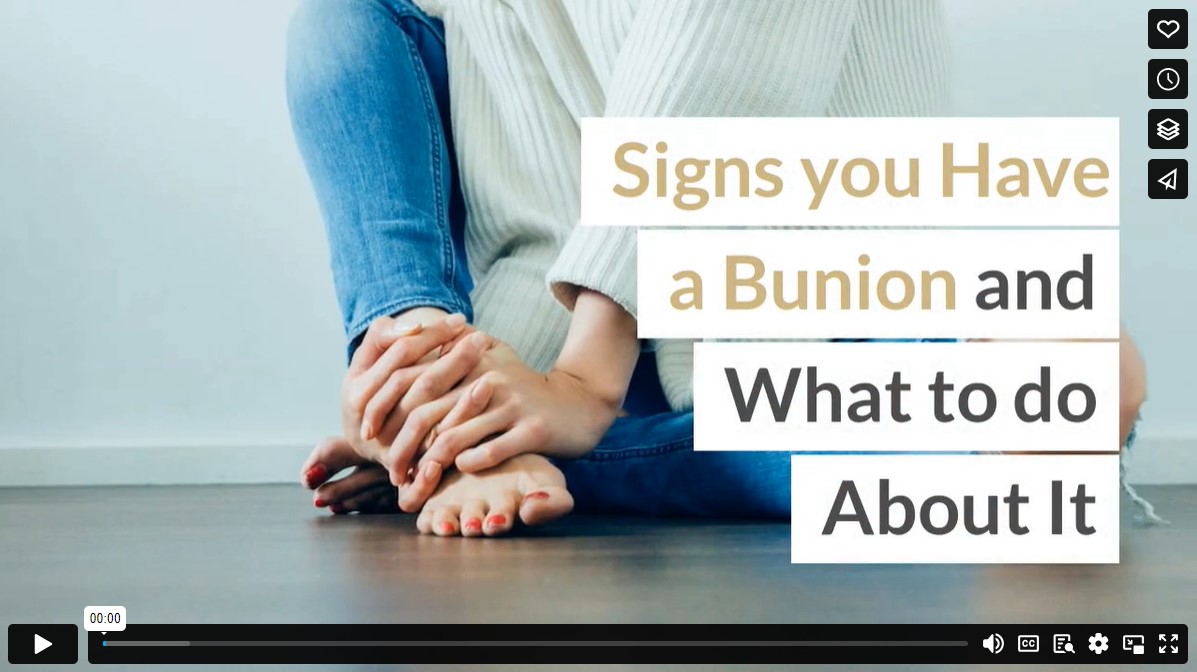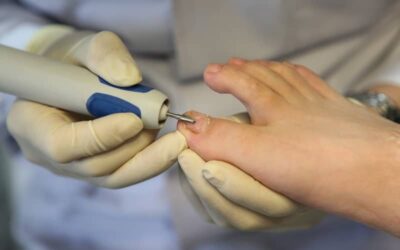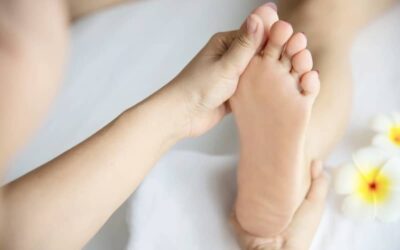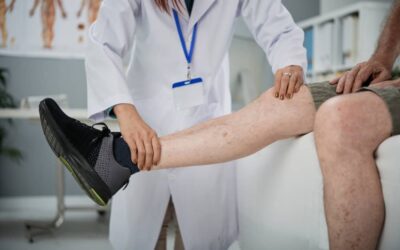You slip into some flip-flops. You realize that your foot isn’t fitting width-wise onto the sole of the flip-flop, even though they are the right size and there is a bump on the side of your foot. You have been experiencing more pain in your foot recently; could this protrusion be the problem? You notice all the other sandaled people don’t have the same shaped foot as you.
You might have a bunion.
What is a Bunion?
A bunion is a bony bump at the base of the big toe. Often when you have a bunion, the big toe angles inward toward the other toes, and the bottom of the joint will protrude out. This bump could have been caused by an improperly healed injury or (more likely) genetics.
Signs You Have a Bunion
- Your big toe points inward toward your other toes.
- You have a large bony bump at the base of that big toe.
- The big bony bump is often painful.
- You may have overlapping toes.
Bunions are typically easy to self-diagnose, but an x-ray can confirm that you have a bunion.
Bunion Pain Treatment
Bunions can range in pain from mild to extreme. If your bunion begins to bother you, here are some pain relief techniques you can try.
- Ice. One of the easiest ways to relieve pain is to numb the area by icing it. Ice will also help with any swelling you may be experiencing in that joint.
- Exercises. Stretch your afflicted toe and foot. (Feel free to stretch the other ones, too, but doing so won’t necessarily help alleviate your bunion pain.)
- Walk on Sand. If you need an excuse to visit the beach, this is it. Walking barefoot on sand helps strengthen the muscles in your feet, and it can result in a less painful bunion.
- Bunion Pads. You can try wearing an over-the-counter bunion pad. These add cushion to your foot between the pad and your shoe.
- Inserts. Arch supports (also known as inserts or orthotics) can help support your feet in places your shoes are lacking. This extra support can help distribute the pressure so your bunion does not receive the brunt of it, which can help decrease pain. Some people have great results with over-the-counter inserts, while others need prescription orthotics to notice a difference.
- Pain Reliever. On days when your bunion is especially painful, over-the-counter pain medication such as acetaminophen or ibuprofen can help take the edge off the pain.
- Update Your Shoes. If the shoes you wear hurt your feet, don’t wear them. Pain is often the body communicating something to you. Your foot is saying, “These shoes are terrible, and don’t even think about wearing them again.” Opt for comfort. You may also notice that your bunion makes your foot wider. Wearing a wide size can help ensure your foot has adequate room.
- Peppermint Oil. Peppermint oil can help soothe bunion pain. Rub a small amount on your troublesome toe joint. As a bonus, your nose might appreciate the peppermint on your feet, too.
- Toe Spacers. The inward angle of your big toe is what is causing the base of that toe to protrude outward. Using a toe spacer placed between your big toe and your second toe can help relieve some pressure off your bunion.
When to See a Bunion Specialist
Not all bunions need intervention. However, if you have tried pain relief methods with minimal results, have difficulty moving your foot or walking, or have a hard time fitting your bunion into a shoe, you might want to consider paying a visit to a podiatrist.
If you experience extreme bunion pain and it is interfering with your everyday activities, you might be a good candidate for bunion surgery. There are different types of bunion surgeries:
- A removal of the bunion bone without any realignment (exostectomy).
- A removal of the bunion bone with a realignment of the big toe (osteotomy).
- A replacement of the joint with metal plates and screws (arthrodesis).
A podiatrist will be able to evaluate your feet to determine which procedure is necessary to help you correct your bunion.
Bunion surgery is performed under general anesthesia. Following the surgery, you will have to stay off your feet for a few weeks. It will take even longer before you can be cleared for major physical activities.
If you are a good candidate for bunion surgery but are unable to do it right away, steroid injections may be able to assuage the pain until you can have surgery. Steroid injections shouldn’t be your first pain relief method, though, since they risk causing damage to the joint.
If you suspect you have a bunion and have difficulty managing the pain, you don’t need to walk through life wincing at every step. Call a podiatrist to help you find relief.
Infographic
When you put on a pair of flip-flops, you grasp that the sole doesn’t fit on the width. Could the abrupt rise in foot pain you’ve been experiencing be brought on by this protrusion? You detect that no one else has feet exactly like yours who is wearing sandals. You could have a bunion. To get support, schedule an appointment with a podiatrist.

Video




